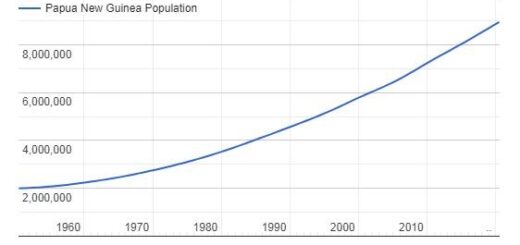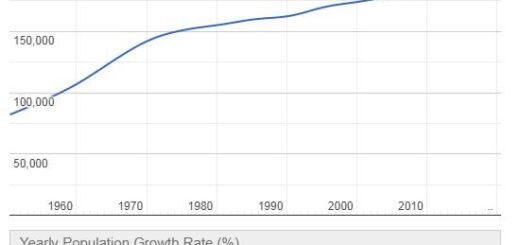Marshall Islands Geography and Climate
The Marshall Islands form two parallel archipelagos in the North Pacific. This is a country consisting of 31 atolls and 1,152 islands. The two parallel archipelagos are called Ratak (sunrise) and the Ralik chain (sunset). Here is the world’s largest lagoon called Enewetak and it was here that the United States detonated its first hydrogen bomb in 1952. It is also here that we find the Kwajalein area used by the United States as a test area for missiles. The bombs have affected the area so much that some places can not be lived in, such as the Bikini Atoll. The United States is responsible for the defense of the Marshall Islands and for foreign policy issues, but since 1986 the area has been self-governing as a republic in Micronesia.
A little history
At the beginning of the 16th century, the Spaniards came to the area and the explorer Alonso de Salazar is considered to be the first European on the islands. It is believed that the islands were inhabited long before they were discovered by Spain. The name of the islands comes from the British captain John Marshall who came here in the late 18th century. At the end of the 19th century, the Marshall Islands became a German possession, and in 1906 they were officially proclaimed part of the German colony of German New Guinea. Japan occupied the islands during the First World War and when the next World War started, the Japanese and Americans fought on the island of Kwajalein. It all ended with the Americans eventually occupying the Marshall Islands and thus they became an American territory in the United States administrative area in the Pacific Ocean. Until 1958, a lot of atomic bombs were tested on the islands and today they want to receive compensation for this as they still suffer from problems with radiation as a result of the tests. The Marshall Islands became an independent state in 1986 and then Amata Kabua became the country’s first president. Today, the Marshall Islands claim the nearby Wake Islands, which are still US territory.
Geography and climate
According to Bridgat, the Marshall Islands are located north of Nauru and Kiribati, south of the Wake Islands and east of Micronesia. In practical terms, this country consists of 29 atolls and 5 isolated islands. 24 of the atolls are uninhabited. The average height above sea level on these islands is about 2.1 meters. The climate is hot and humid and you have a rainy season between May and November. Many of the Pacific typhoons have their start in this area whereupon they grow in strength and move on towards the Marianas and the Philippines. Given that it is so low above sea level, floods and tidal waves are problematic. In 2008, the capital Majuro was flooded and the same thing happened again in 2013. There have also been problems with drought. In 2013, the extreme drought in the Marshall Islands led to 6,000 people being able to manage on less than one liter of water each day. Due to this, it was not possible to grow as usual and diseases such as flu and diarrhea became widespread. Today, the Marshall Islands are considered to be the country most at risk in terms of floods due to climate change.
Shark reserve
In 2011, it was decided in the Marshall Islands to create a shark reserve of 2,000,000 square kilometers. This is the world’s largest shark reserve where shark fishing is prohibited and sharks caught in nets must be released. Now, however, it has been discussed whether the Marshall Islands can really check that the rules are complied with in such an enormous sea zone.



